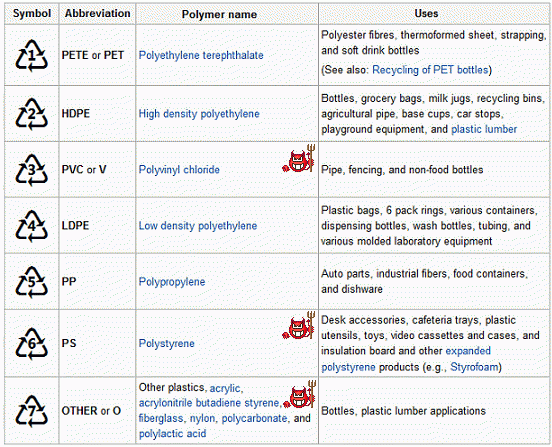Quote:
Hi Muddstopper,
The carbouy is a plastic one that came from one of those office "water fountains".
We had a bad experience with the glass ones like that when we had our aquarium maintenance biz back in TN. Our first "big" client hired us to revamp his 125 gallon salt water reef system and he bought 5 gallon glass bottles of RO (reverse osmosis) water to use in the tank. Had one of those glass bottles slip out of our partners hands just to bust to a million pieces on the tile floor and flood the dining room floor. Said client was all over buying his own RO system (which we automated) for tank water after that.
Since we're brewing in a 22' camper, we're sticking with plastic, which can be dangerous, too. We used to do pop bottle CO2 reactors as fertilizer in our fresh water, live planted home aquariums. One day, one of those bottles that I thought was done "fermenting" and had capped off until I could empty it went live and exploded. The plastic shards physically mowed down some of the stems of my tall sanseveria (mother-in-laws tongue) plant. Can't win for loosing, huh?
We are going to try your suggestion, this next time around, on not adding all of the sugar at once. We need to get one of those bucket wrenches (for me) as I can't get the lid off of the fermentation bucket and a few other little things to make it easier on us. For our first batch and not really knowing what we were doing, the pear wine turned out really high octane.
Nothing wrong with using plastics as carbouys, as long as you are using the right type of plastic. Below is a chart of the different types of plastics and their toxcitiy potential.
Looking at the left hand of the chart, you will see the three arrow triangle with a number inside it. These are the numbers you need to be looking for on the bottom of you plastic carbouys or primary fermenter buckets. A lot, if not most of the 5gal water bottles I have seen will have the number 7 inside the arrow triangle. As you can see from the chart, this is a strickly no-no and has a high potential for toxicity levels and shouldnt be used for making wine. If you are going to use the water botttles, make sure the number is either 1,2,4,or 5.
Just for info, while I was at the
tractor supply the other day, I picked up one of the white
tractor supply 5 gal buckets and it had a number 2 inside the arrow triangle and would make an excellent candidate for use as a primary fermenter bucker. I have also noticed the number 2 on other buckets such as sheetrock mud containers and hydraulic oil buckets. I dont think I would try to clean out the sheetrock mud or oil to reuse those buckets, but it does show how commonly available the better quality buckets are if you know what to look for. And now you do.












